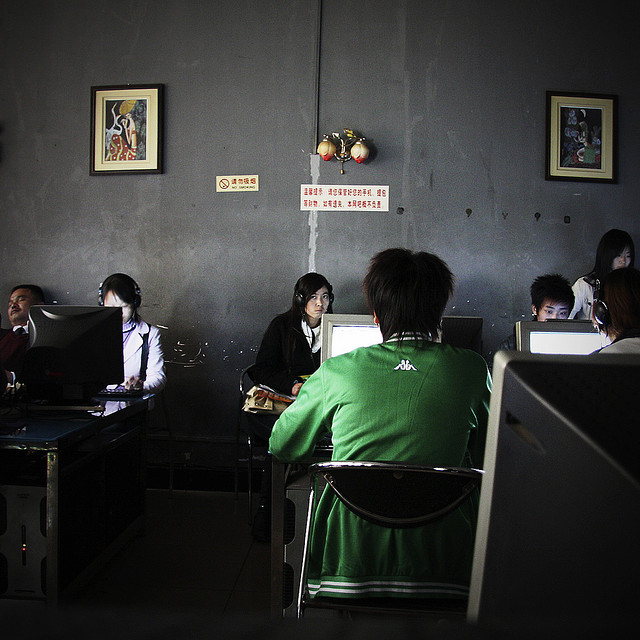The “Post-90s” generation, comprising those born in the 1990s, has emerged as China’s newest generation of consumers. Representing 15% of the total population and now in their 20s or entering their 20s, this segment of China’s young are embarking on their first jobs and even starting families of their own. While they do not yet have the purchasing power of older generations, they have already influenced how brands approach product development and marketing.
This generation was born amid the restrictions of China’s one child policy, which in many cases means that they have had a fairly comfortable upbringing, and did not have to split family resources with siblings. They were also raised among a macroeconomic backdrop of rapid GDP growth and wage increase. As a result, compared to China’s older generations, the Post-90s children tend to feel more optimistic about their futures and less inclined to save. In fact, they have often been described as “happy and confident spenders.”
The Post-90s generation also grew up with the Internet. While this is not unique to China, what is different is that as Chinese consumers they simultaneously witnessed an explosion of new brands. This younger set embraced the opportunity to gather information online and thus, has also become a more sophisticated group of consumers; often, they can look beyond a brand to make a more holistic decision, using online resources and reviews, to inform their purchases, considering features, quality and prices.
Express individuality
Most interestingly, the Post-90s group seizes opportunity to express their individuality. They view each product as an extension of their personal identity and a chance for self-expression. They are interested in the personality of a brand and the story behind a product—and consider it even better if they can engage in a dialogue with the brand or collaborate in the development of the product.
Some brands are ahead of the curve in understanding and appealing to this generation. For example, the Coca-Cola Company went as far as implementing a successful campaign to replace its iconic brand logos on bottles with online nicknames popular among the Post-90s generation, status updates used in social media, or lyrics from popular songs.
In another notable example, private smartphone manufacturer, Xiaomi, chose a collaborative approach to product development, making a concerted effort to consider and implement user feedback. This philosophy has resonated well with the Post-90s generation of those becoming more engaged and loyal customers, and who feel a connection with a brand and product that is tailored for their needs.
Most firms, however, are still grappling to discover what will resonate with this new generation of consumers. As the Post-90 generation grows to become China’s main consumer base, it will be important for brands to innovate and evolve along the way in order to prosper over the long term.
Opinion column by Hayley Chan, financial Analyst at Matthews Asia.
The views and information discussed represent opinion and an assessment of market conditions at a specific point in time that are subject to change. It should not be relied upon as a recommendation to buy and sell particular securities or markets in general. The subject matter contained herein has been derived from several sources believed to be reliable and accurate at the time of compilation. Matthews International Capital Management, LLC does not accept any liability for losses either direct or consequential caused by the use of this information. Investing in international and emerging markets may involve additional risks, such as social and political instability, market illiquidity, exchange-rate fluctuations, a high level of volatility and limited regulation. In addition, single-country funds may be subject to a higher degree of market risk than diversified funds because of concentration in a specific geographic location. Investing in small- and mid-size companies is more risky than investing in large companies, as they may be more volatile and less liquid than large companies. This document has not been reviewed or approved by any regulatory body.


